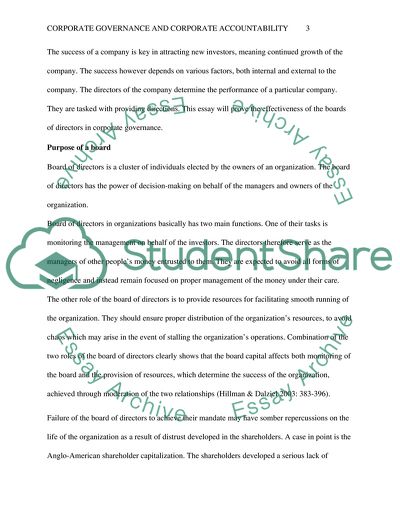Cite this document
(Corporate governance and corporate accountability Essay, n.d.)
Corporate governance and corporate accountability Essay. https://studentshare.org/finance-accounting/1848576-corporate-governance-and-corporate-accountability
Corporate governance and corporate accountability Essay. https://studentshare.org/finance-accounting/1848576-corporate-governance-and-corporate-accountability
(Corporate Governance and Corporate Accountability Essay)
Corporate Governance and Corporate Accountability Essay. https://studentshare.org/finance-accounting/1848576-corporate-governance-and-corporate-accountability.
Corporate Governance and Corporate Accountability Essay. https://studentshare.org/finance-accounting/1848576-corporate-governance-and-corporate-accountability.
“Corporate Governance and Corporate Accountability Essay”. https://studentshare.org/finance-accounting/1848576-corporate-governance-and-corporate-accountability.


